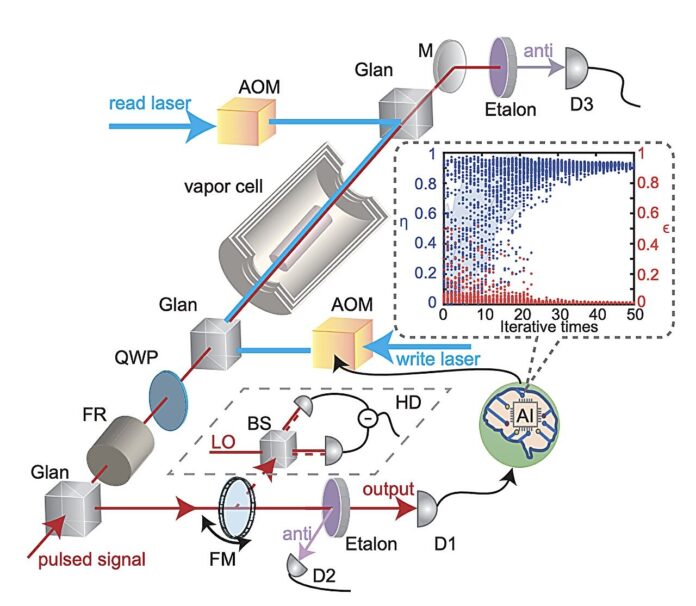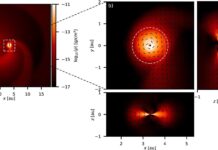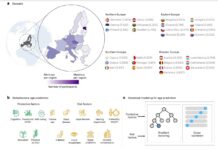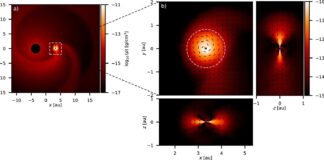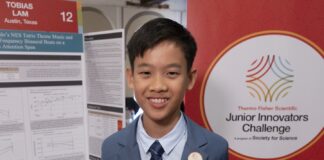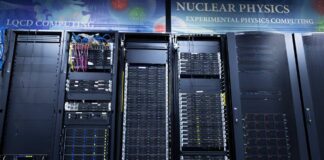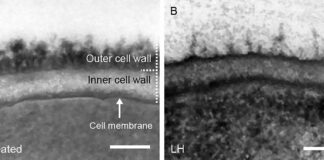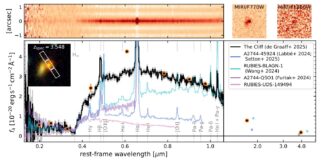Recent advances in quantum physics have yielded a significant leap forward: a new quantum memory design demonstrating unprecedented efficiency and fidelity. Researchers at Shanghai Jiao Tong University and East China Normal University have developed a Raman quantum memory capable of storing and retrieving quantum information with 94.6% efficiency and 98.91% fidelity – effectively approaching “perfection” in quantum storage.
The Challenge of Quantum Memory
Quantum memories are critical components for future quantum technologies, including quantum computers, long-distance quantum communication, and advanced sensing systems. However, previous designs suffered from inherent limitations: high efficiency often came at the cost of reduced fidelity, and vice versa. The primary obstacle was unwanted noise and random fluctuations degrading the stored quantum information. Achieving both high efficiency and high fidelity has been a central challenge in the field.
A Mathematically Guided Solution
The breakthrough, detailed in Physical Review Letters, centers on a novel approach to controlling atom-light interactions during quantum storage. The team utilized a far-off resonant Raman scheme, enabling broadband storage and faster signal processing compared to other methods. Crucially, they introduced a precise, adaptive control technique based on the principle of atom-light spatiotemporal mapping, mathematically described by the Hankel transform. This method allows the memory to be tuned to optimal performance, minimizing noise and maximizing fidelity.
“Fundamentally, this work is the first time to uncover the physical mechanism behind the atom-light mapping in the quantum memory,” explains Professor Weiping Zhang, lead researcher at Shanghai Jiao Tong University. “Practically, this work makes a breakthrough in developing a new method and promising technique to achieve a benchmark of quantum memory.”
Breaking the Efficiency-Fidelity Trade-Off
The researchers successfully implemented their approach using a warm rubidium-87 (⁸⁷Rb) vapor, demonstrating that the previously limiting trade-off between efficiency and fidelity can be overcome. By precisely controlling the atom-light interactions, they achieved near-unity performance in both metrics. This represents a significant step toward building practical, reliable quantum memories for advanced technologies.
Implications for Quantum Technologies
This breakthrough has broad implications for the future of quantum computing and communication. Reliable quantum memories are essential for building scalable quantum computers, enabling long-distance quantum communication networks, and developing distributed quantum sensing systems. The team’s method offers a clear path toward realizing these technologies.
Professor Zhang’s team plans to further explore new physics-driven principles and integrate their memory into quantum repeaters for fault-tolerant quantum computing architectures and quantum networks. This suggests a continued trajectory of innovation in the field.
The development of near-perfect quantum memory represents a crucial milestone in the advancement of quantum technologies, paving the way for a future where quantum computers and communication networks become a reality












